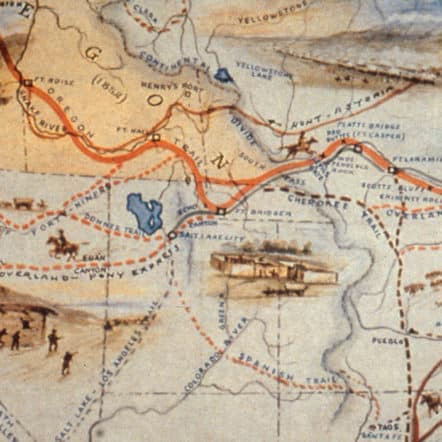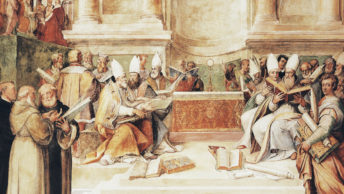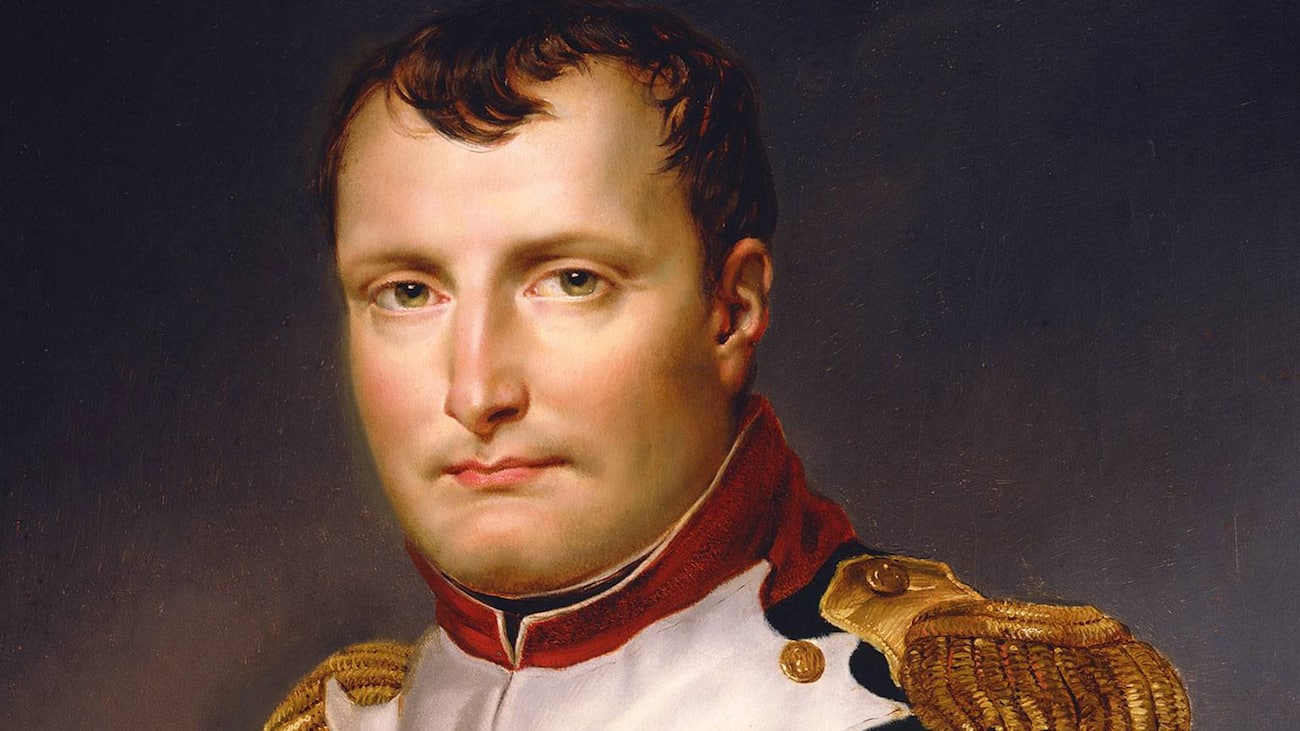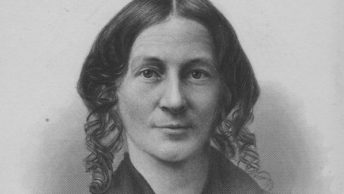One evening as you are relaxing at home with your wife and four children, a friend calls you up and you have the following conversation:
You: Hey, Mark, what’s going on?
Mark: I am calling to invite you, Donna, and the kids on the adventure of a lifetime.
You: Sounds intriguing. Where are we going?
Mark: Well, before I tell you that, I want you to know that you will see things you never dreamed of and meet some really fascinating people.
You: Sounds great. We love seeing new things and meeting new people. Where are we going?
Mark: Before I tell you that, I must say a word of caution.
You: What is it?
Mark: There’s a good chance that 10 percent of the people who will go on this adventure will die before it ends.
Would you still be interested? Probably not, and who could blame you for declining such a dangerous enterprise?
But over 300,000 people went on such an adventure in mid-Nineteenth Century America. They joined a wagon train and headed from Missouri to Oregon, a journey of 2,000 miles. Approximately 30,000 died along the way.
In America today, with rampant fear destroying both our culture and our economy, the story of the Oregon Trail should give us pause and maybe remind us of what we used to call the “American Spirit.”
The greatest threat to those pioneers was disease, with cholera being the deadliest. Cholera, usually spread by drinking unsafe water, was a bacterial disease that attacked the intestinal tract, which led to rapid loss of bodily fluids. A person could show symptoms at breakfast and be in a grave by noon. Such a victim would be buried in the middle of the trail so that the smell of horses and oxen trampling on the grave would hide the scent from wolves. Sometimes cholera outbreaks were so devastating that the wagon train could lose two-thirds of its fellow travelers. In addition, typhoid and tick fever took the lives of many. In reality, with no medical help for 2,000 miles, even a common cold could lead to death.
Complications from childbirth also proved deadly. Sometimes the mother died and sometimes the newborn. Often it was both.
River crossings were also extremely dangerous. The Kansas, Columbia, and Green Rivers were wide and deep. After heavy rains, swift currents could easily tip over a wagon, or horses could panic and throw off their riders. Drownings were common. In 1850 alone, 37 pioneers drown while attempting to cross various rivers.
Weather also took its toll on the travelers. Thunderstorms brought lightning, flooding, and tornadoes. The wagons leaked, and since they were full of supplies and equipment, most of the pioneers had to simply walk along while the rain and hail pelted them mercilessly. Lightning strikes occasionally killed people instantly, and flash flooding took its share of pioneers. Tornadoes also cut a deadly path across the prairie.
Another danger from weather came when the wagon trains were caught in blinding blizzards and sub-zero temperatures. When the snow prevented the wagons from moving, there was no protection from the cold, and many travelers either froze to death or became ill and susceptible to other diseases.
Accidents led to many deaths. One of the most common accidents was being run over by a wagon. For example, if a child fell out of a wagon or tripped and fell under one, the wheels of the wagon often would literally crush him to death. One of the pioneers described a gruesome scene: “A little boy fell over the front end of the wagon during our journey. In his case, the great wheels rolled over his head—crushing it to pieces.”
The accidental discharge of weapons often proved deadly. Sometimes just the dropping of a rifle or pistol would be enough to discharge a bullet, and anyone who was nearby might accidentally be struck. If the bullet did not kill the individual immediately, the resulting bleeding and/or infection took many lives.
Finally, Indian raids, although not very common, caused many deaths. On some occasions, actual massacres took place, particularly with small wagon trains.
The pioneers on the Oregon Trail were not the first people to risk their lives in order to gain a better life for themselves. One can only wonder how many poor souls perished while crossing the Atlantic Ocean to come to the New World. More than half of the first settlers at Plymouth Colony died in the first winter. Each time a family moved further into the interior of the country there was a high risk of death due to various reasons. And yet they came by the millions.
These brave pioneers chose not to wait until there was a guarantee that no one would die. Death was simply a part of life. As talk-show host Dennis Prager has pointed out, “Waiting until it’s safe means never.” We should think about those words the next time a politician says that we can’t open America until it’s safe.
For more information on the Oregon Trail, check out the following sources:








